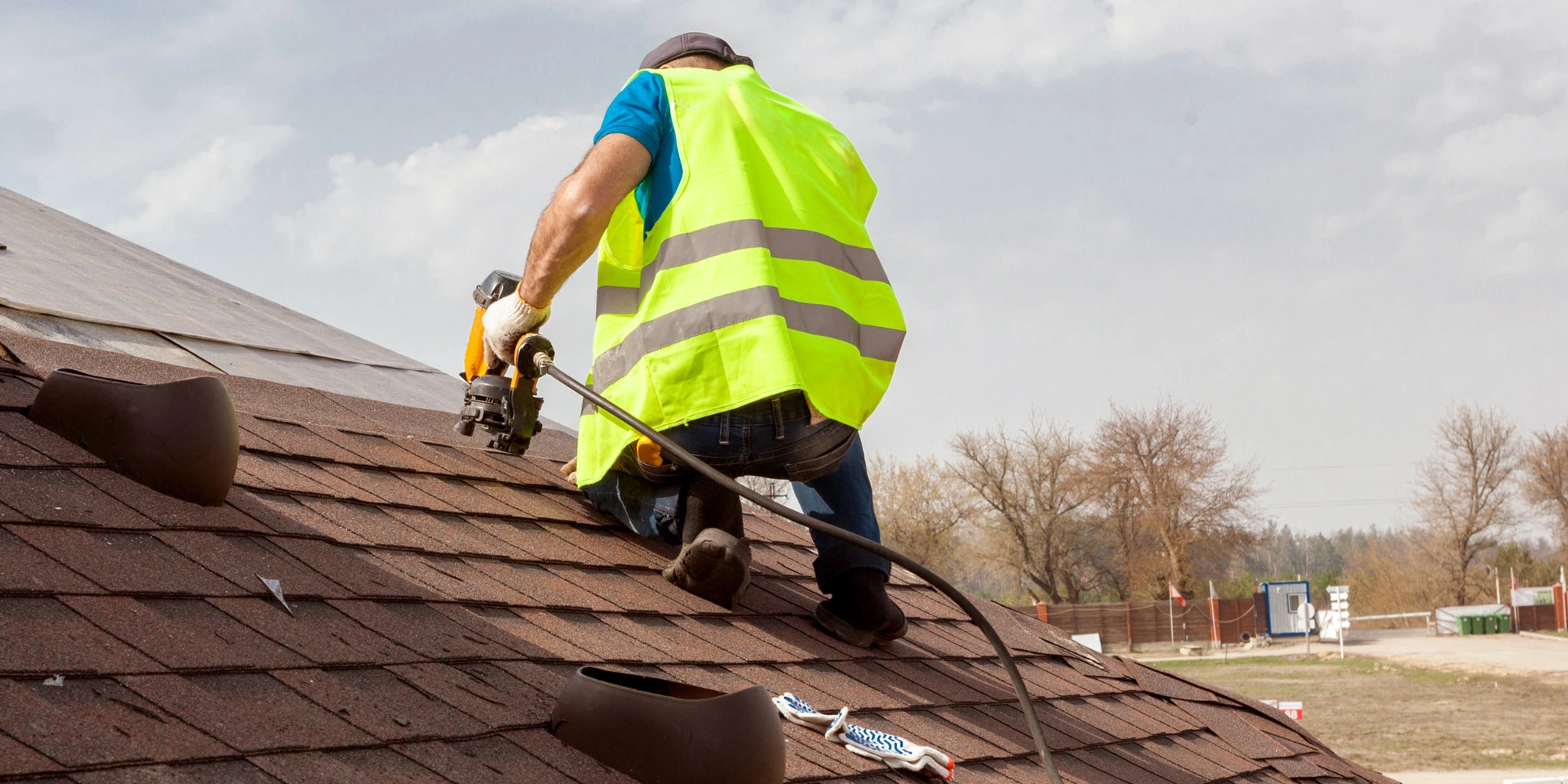
Roof installation
Roof installation refers to the process of installing a new roof on a residential or commercial building. It involves the construction and assembly of a roofing system to provide a durable, weatherproof, and aesthetically pleasing covering for the structure.
Here are the key steps involved in roof installation:
- Planning and Design: The process begins with careful planning and design. This includes selecting the appropriate roofing materials, considering factors such as climate, building codes, architectural style, and budget. The design phase also involves determining the roof's slope, drainage system, and any additional features like skylights or chimneys.
- Material Selection: Based on the design and requirements, the roofing materials are chosen. Options can include asphalt shingles, metal roofing, tile, slate, wood shakes, or other specialized materials. Factors such as durability, energy efficiency, aesthetics, and cost are taken into consideration.
- Preparation: Before installation begins, the existing roof, if any, is removed. This may involve the removal of old shingles, underlayment, flashing, and any damaged or rotted decking. The roof surface is then inspected for any structural issues that need to be addressed before proceeding.
- Underlayment and Waterproofing: A layer of underlayment, typically asphalt-saturated felt or synthetic material, is installed over the decking to provide an additional moisture barrier and protect against leaks. Waterproofing membranes may also be applied in areas prone to water intrusion, such as valleys or around roof penetrations.
- Installation of Roofing Materials: The roofing materials selected in the planning phase are installed according to the manufacturer's guidelines and industry best practices. This involves laying shingles, securing metal panels, or placing tiles or slates, depending on the chosen material. Proper techniques are employed to ensure adequate ventilation, water shedding, and aesthetic alignment.
- Flashing and Edge Details: Flashing, which consists of metal strips, is installed around roof openings, chimneys, valleys, and other vulnerable areas to provide additional waterproofing and prevent water infiltration. Proper flashing techniques are crucial to ensure a watertight roof.
- Ridge and Hip Installation: The ridge and hip areas, where roof planes meet, are carefully sealed and finished to provide a clean and weatherproof transition. Ridge vents may also be installed to facilitate attic ventilation.
- Cleanup and Final Inspection: Once the roof installation is complete, the work area is thoroughly cleaned of debris, nails, and other materials. A final inspection is conducted to ensure that the roof is installed to the required standards and meets all safety and quality requirements.
Professional roof installation is essential to ensure a long-lasting and reliable roofing system. It is recommended to engage licensed and experienced roofing contractors who possess the necessary skills, knowledge, and expertise to handle the intricacies of roof installation and deliver a high-quality finished product.